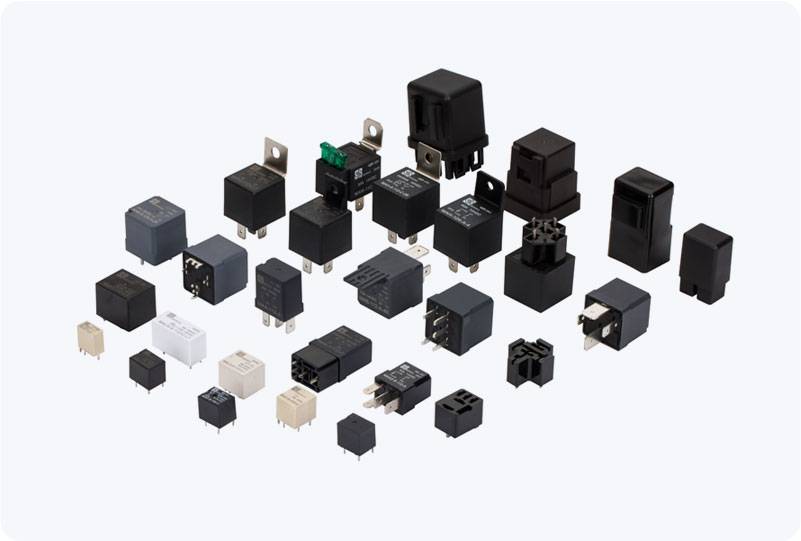high voltage dc relay for new energy vehicles: ensuring safety and efficiency in electric vehicle systems
Release time:2025-06-13 13:46:34
The growing adoption of New Energy Vehicles (NEVs), particularly electric vehicles (EVs), is revolutionizing the automotive industry. With their promise of lower carbon emissions and improved energy efficiency, these vehicles are becoming increasingly popular worldwide. One critical component that plays a vital role in ensuring the safe and efficient operation of NEVs is the High Voltage DC Relay. This article explores the function, importance, design considerations, applications, and emerging trends associated with High Voltage DC Relays in New Energy Vehicles.

Function and Purpose of High Voltage DC Relays
At the heart of an electric vehicle’s powertrain, high-voltage electrical circuits are used to power the electric motor and manage energy flow to and from the battery. A High Voltage DC Relay is an electromechanical switch designed to control these high-voltage DC circuits safely and efficiently. These relays act as switches that either connect or disconnect electrical components in a vehicle's power system, such as the battery, motor, and charging system.
The primary purpose of a High Voltage DC Relay is to provide battery isolation. During charging or discharging, the relay can disconnect the battery from the rest of the powertrain, preventing potential risks such as electric shock or fire. Additionally, in the event of a fault or an emergency, the relay disconnects circuits to prevent damage to sensitive components, thereby ensuring the vehicle’s safety.

